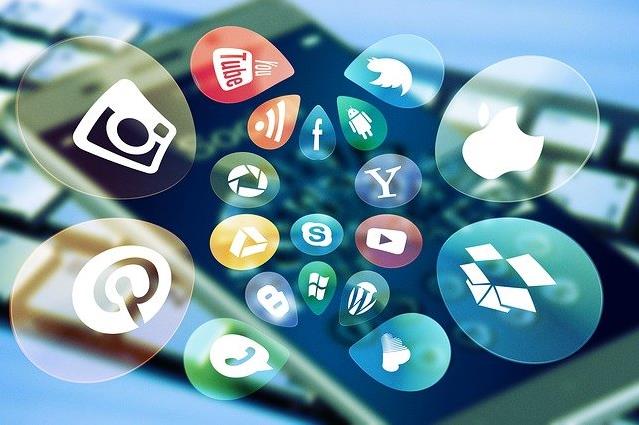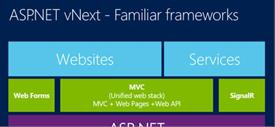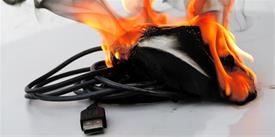Supplement Digital Marketing With Physical Marketing For A potent Boost
Digital marketing is incredibly powerful and can have the ability to reach thousands of potential customers across the globe.
In this day and age, it isn’t too difficult to do either. Certain businesses are more geared towards digital marketing than others, but most can benefit from some aspect of digital marketing. However, it’s easy to put everything in one basket and over-focus on one stream over another. When in reality, the best thing you can do is use one form of digital marketing to supplement the other.
What’s The Difference Between Digital And Physical
Due to the utter prevalence of digital marketing, it’s easy to forget where the line is drawn between that and physical marketing.
- Digital Marketing - is an aspect of marketing that uses the internet and online tools (such as social media, google, etc.) to promote products and services.
- Physical Marketing - is pretty self-explanatory. It’s marketing offline. Think about billboards, posters, flyers, knocks on the door, etc.
The two are distinctive and different. Some businesses will focus on one over the other, but you shouldn’t ignore one completely. Even if you totally occupy the online sphere because you run an eCommerce brand, you can still benefit from physical marketing. On the other hand, if you occupy a store on the high street and think you should pour everything into physical marketing, you can also benefit from a digital presence. Using the aspect you think you don’t need can lead to a potent boost.

A Proper Photo Book Can Help You Soar
Again, even if your business operates online you can pull in more clients by using physical marketing. A good example of high ticket items or services is the photo book. A photo book can, in high-quality print, show potential clients exactly what you’ve done in the past for others. They’ll be used to seeing this online, but having something tactile makes a huge difference. You can grab bulk photo books too if you wanted to send them off to multiple businesses or clients in one hit. You have use photo books in your business premises for people to leaf through too.
Targeted Physical Marketing Works Wonders
Targeted physical marketing works a lot better than a blanket approach. For example, say you’re main demographic is college students. You’d stick posters up around campus or in the college itself. You’d post flyers through student residences and show a presence at the right student events. By doing this, you’re directly targeting the right demographic and as such, proving that physical marketing is useful.
Think about your demographic and then consider where they spend most of their time. If it’s somewhere public, you can use physical marketing to double up on your current digital efforts.
If your demographic is a huge
Physical Trade Show Marketing Can Help You Network
Tradeshows are hugely popular in the B2B sphere. If you can set up a stall you can showcase what you do to hundreds of potential customers, clients, and suppliers. You always need to make sure you make the best of the event. By hiring or requesting an event photographer you can make sure the day is immortalized, giving you pictures to use in physical marketing (posters etc.) and digital marketing (social media posts, etc).
Remember, the most popular tradeshows book up quite quickly. Whether this is a tradeshow for consumers or for other businesses, make sure you book your slot quickly and well in advance otherwise you might be disappointed.

Related Posts
In almost all forms of modern business, marketing is an essential function.
As the world of eCommerce continues to evolve, businesses are constantly seeking ways to stand out in the digital landscape. According to a report by Statista, it is predicted that global online sales will reach an impressive mark of $6.5 billion by 2023.
In the era of high-speed internet, owning a server with a 10Gbps connection offers an unparalleled advantage in terms of data transfer speed, website performance, and user experience.
To make your business successful in the modern age, you need to excel at digital marketing and have a strategy that can allow you to beat out the competition.
In the ever-evolving landscape of digital marketing, link building remains a cornerstone of search engine optimization (SEO).
In today's age, establishing an online brand presence is crucial for success. With the vast reach and accessibility of the internet, launching your brand online can open up endless opportunities for growth and expansion.













Comments
comments powered by Disqus